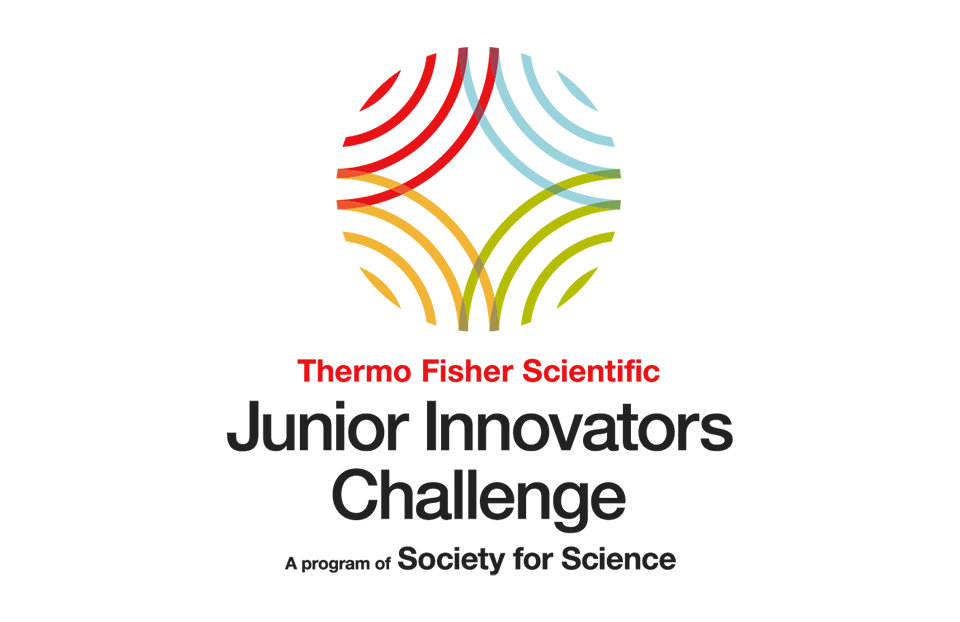The Thermo Fisher Scientific Junior Innovators Challenge (JIC) stands as one of the most inspiring platforms for middle school students to explore, experiment, and expand their scientific horizons. Operated by Society for Science, JIC is designed to welcome ambitious young minds, give them resources, and celebrate their capacity to tackle big questions.
What Is JIC and Why It Matters
Each year, JIC invites students—especially those who placed in the top 10% of their local affiliated science fairs—to submit projects addressing real-world challenges across STEM disciplines. Through an inclusive pipeline, the program draws from a wide geographic spread and diverse backgrounds, reminding us that innovation isn’t the province of any single place or demographic.
JIC does more than award prizes. It encourages scientific thinking, iteration, and resilience. It helps students learn how to communicate their work, collaborate, and consider the ethical or societal dimensions of their ideas. These “soft” skills—alongside rigorous methodology—are what can turn curiosity into meaningful impact.
Highlights from Recent Years
- In 2025, 30 finalists were announced from across 10 U.S. states plus Puerto Rico.
- Their projects spanned pressing topics: energy and sustainability, health, AI, resilient technologies, and more.
- Past winners have created inventive systems like novel fire-detection tools using thermal sensing, and water filters constructed from waste or everyday materials.
- Finalists receive at least $500 and compete during a Finals Week in Washington, D.C., vying for awards up to $25,000.
These achievements underline what’s possible when young students are supported, trusted, and stretched.
What Makes a Strong JIC Project
Looking across the finalists and winners, some patterns emerge:
- Bold but grounded ideas: Projects that aim high yet are testable and rooted in experimental or simulation work tend to stand out.
- Iteration and adaptation: Very few first designs are final designs. The strongest submissions evolve through testing, failure, reflection, and reworking.
- Multidisciplinary thinking: Many top projects bridge fields—e.g. combining engineering, computational methods, and environmental science.
- Attention to communication: Even beautifully designed experiments need a clear narrative, accessible presentation, solid visuals, and thoughtful discussion of limitations.
Tips for Aspiring Innovators & Their Mentors
- Start early. Give yourself time for literature review, trial runs, and redesign.
- Seek feedback from multiple perspectives—teachers, peers, family, or local scientists.
- Document everything. Rigorous logs and data tracking not only help validate results but also strengthen your final write-up.
- Think about impact. Ask: If this idea worked, how would it change people’s lives or systems? What are its boundaries?
- Don’t be afraid to pivot. If an idea isn’t working, it’s okay to reframe or adjust your approach.
The Broader Vision
Society for Science sees JIC not just as a competition, but as part of a larger mission: to expand equitable access to science and build a pipeline for future innovators. The more we support these young scientists—especially those from underserved communities—the stronger our collective capacity to solve tomorrow’s pressing problems.
Each finalist, regardless of whether they take home a top prize, represents a spark of innovation. They inspire peers, challenge assumptions, and remind us that budding scientists don’t need permission to imagine.
